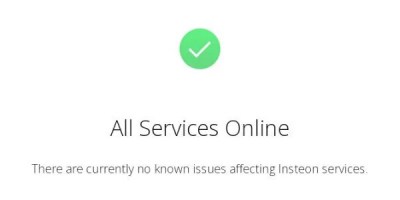It would appear that, sometimes, miracles happen. A few days ago, an update graced the website of Insteon, a company whose abrupt shuttering we covered in detail two months ago. An entity described as “small group of passionate Insteon users” has bought what was left of the company, and is working on getting the infrastructure back up. Previously, there was no sign of life from the company’s APIs. Now, Insteon hubs are coming back to life — or perhaps, they’re Inste-online again.
We’ve explained that revival of these devices without acquiring the company IP would’ve been tricky because of stuff like certificate pinning, and of course, a pile of proprietary code. Buying a company that’s undergoing a liquidation is not exactly end-user-friendly, but it would seem that someone sufficiently business-savvy got it done. The new CEO, as reported by [CNX Software], is a member of an investment committee — it’s fair to assert that this would help. A more sustainable funding source rather than ‘sell hardware and then somehow provide indefinite services’ is promised; they are moving to a subscription model, but only for Insteon Hub users. Recurring payments don’t sound as bad when it comes to paying developers and covering operational costs, and we hope that this revival succeeds.
Nothing is mentioned about moving towards openness in software and hardware — something that protects users from such failures in the first place. The new company is ultimately vulnerable to the same failure mode, and may leave the users in the dark just as abruptly as a result. However, we have our fingers crossed that the updated business model holds, purely for users’ sake. At least, unlike with the Wink hub, Insteon’s transition to a subscription model is better than the Inste-off alternative.
We thank [Itay] for sharing this with us! Via [CNX Software].



 Instantly, the Insteon subreddit has livened up. People, rightfully angry about being literally left in the dark, were looking for answers – as if mocking them, Insteon’s homepage claimed that all services were operational. Others, having expected the shutdown to eventually happen, started
Instantly, the Insteon subreddit has livened up. People, rightfully angry about being literally left in the dark, were looking for answers – as if mocking them, Insteon’s homepage claimed that all services were operational. Others, having expected the shutdown to eventually happen, started 









